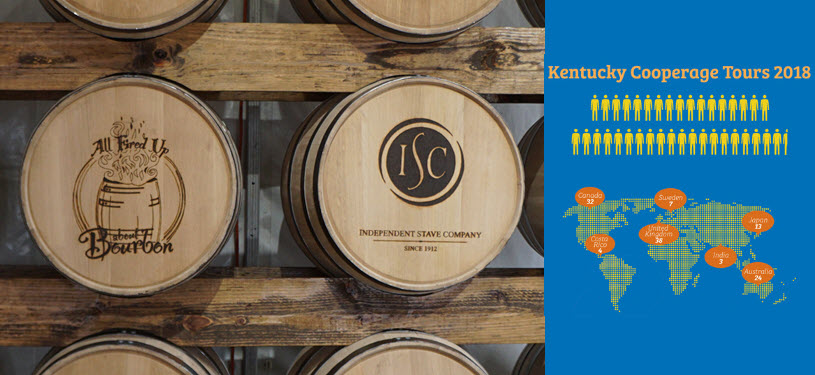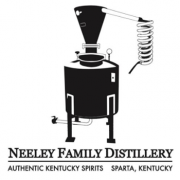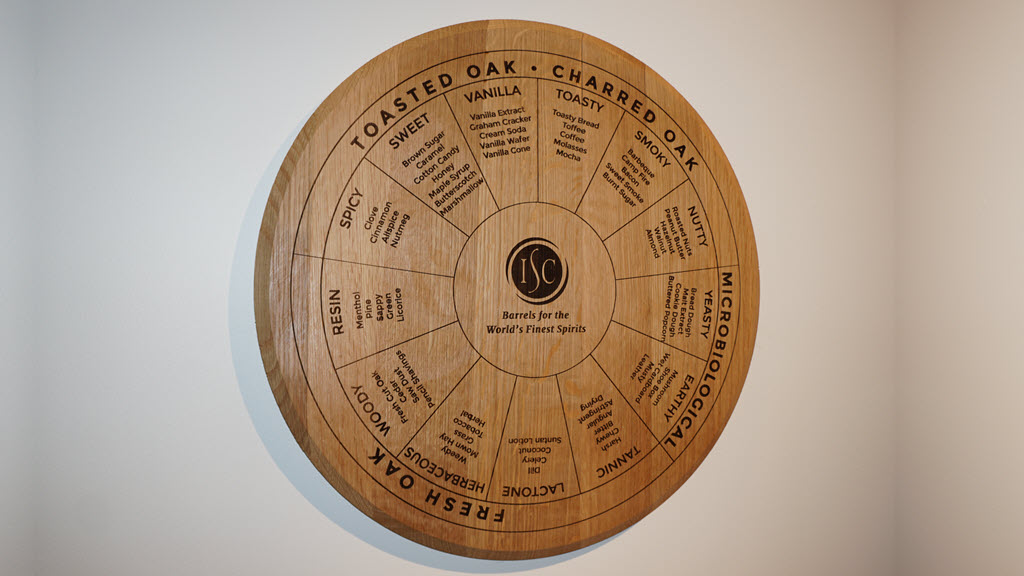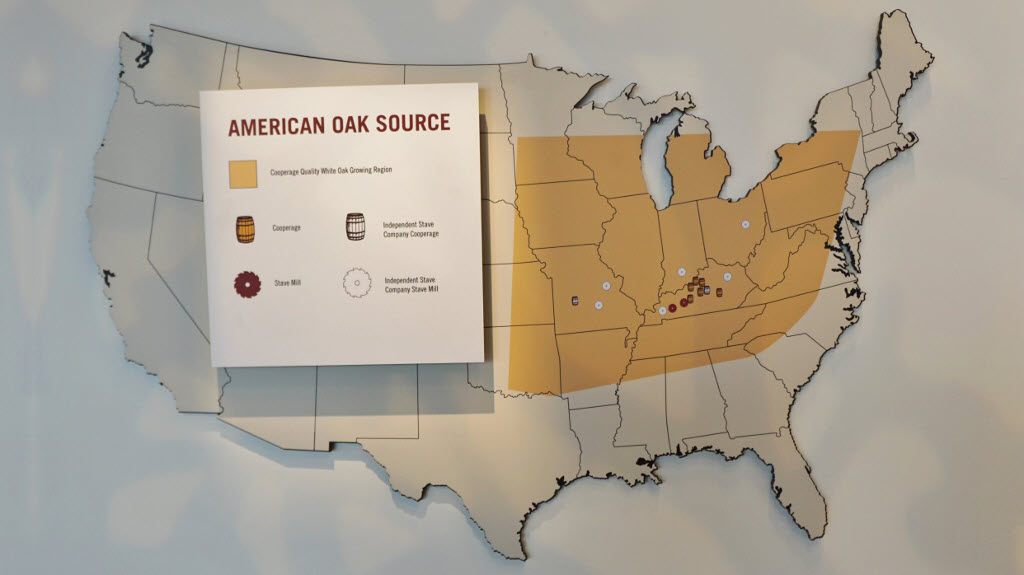
A bourbons flavor is complex. There are many factors that go into the bourbon making process that affects its flavors. Factors include the grain, the yeast, the mashing, the cooking, the water, the distillation, the heads, tales and heart cuts and the maturation. There are many things that can affect the maturation but the key component is the Oak barrel that ages the bourbon.
Color and Flavor from the Barrel
Stay Informed: Sign up here for the Distillery Trail free email newsletter and be the first to get all the latest news, trends, job listings and events in your inbox.
Straight out of the still, a bourbon or white dog is as clear as water. It’s the barrel that provides bourbon with 100% of its color. That same barrel provides as much as 50% of its flavor. That flavor can vary based on many factors from the source of the wood or terroir, the toasting of the barrel and then the charring. The level of charring can vary from a light No. 1 to a heavy No. 4 or alligator char finish. It’s called an alligator finish because it spent so much time with fire inside the barrel that the char is cracked and shiny like the skin of an alligator.
Bourbon fans can learn all about the affects the barrel can have on wine, beer and distilled spirits with a visit to Kentucky Cooperage. It’s not officially a part of Kentucky Bourbon Trail but it should be. The cooperage is open for tours and sits less than 20 miles from about a dozen distilleries near Bardstown, Kentucky – The Bourbon Capital of the World. Look for the ISC Barrel logo on many of the bourbons as you walk-through many barrel warehouses. And to be clear, you’ll see these barrels all over the country as well as all over the world.
Kentucky Cooperage Tour 2018 Infographic
This may be one of the best kept secrets when visiting the trail. A stop at Kentucky Cooperage should be a standard part of your bourbon education. The cooperage entertained 3,774 visitors in 2018. A xx% increase from the previous year. There were 136 visitors from 14 different countries and surprisingly, spring is the most popular time for people to visit.
Click the Kentucky Cooperage Tours infographic to see it full size.
Why is Bourbon Whiskey Aged in Wooden Barrels?
Here are some other key barrel facts that you can pick up from Kentucky Cooperage and Independent Stave Company with visit to the Frazier History Museum the official starting point of the Kentucky Bourbon Trail.
By federal law, bourbon must be stored in a new oak container with a flame-charred interior. Taste, tradition, and science all played a part in creating this very specific set of requirements.
Tradition – Early settlers used wooden containers, especially barrels, for storing everything from spirits to salt pork. Kentucky farmers with surplus grain that was perishable and hard to transport turned to whiskey, which was then put into barrels and transported downriver by flatboat. Since wood was plentiful and shipping upriver was expensive, the barrels were often not returned and the practice of using only new barrels began.
Transports – The shape of the barrel with its two opposing arcs makes it structurally strong and durable. It also makes it easier to transport. A barrel full of spirits can weigh over 500 pounds making it difficult to carry, especially in the days before mechanization. Barrels are much easier to roll, and distilleries were designed with sloping tracks that allowed heavy bourbon barrels to be rolled from location to location.
Taste – There are many stories to explain why bourbon barrels are charred on the inside, although nobody knows exactly when or why the practice began. Whatever the reason, the white oak wood combined with the layer of char give bourbon its distinctive flavors and color. Bourbon stored in a white oak barrel is absorbed into the wood during warm weather and pushed out during cold, allowing it to pick up flavors from the wood and the char with each season init aged.
Please help to support Distillery Trail. Sign up for our Newsletter, like us on Facebook and follow us on Twitter.

















